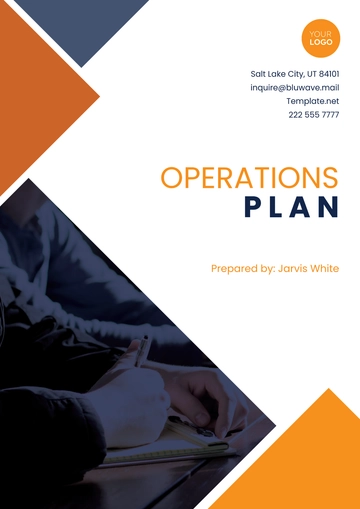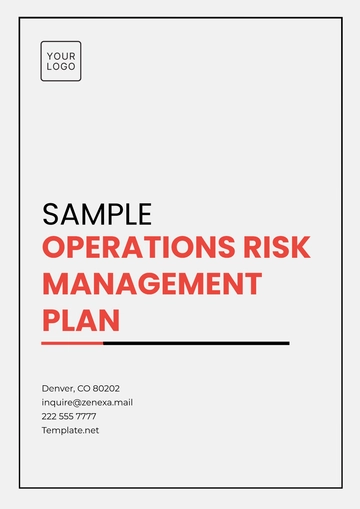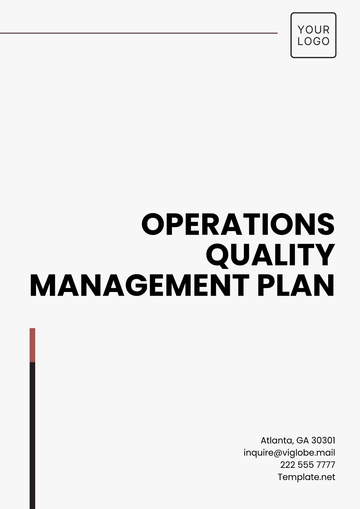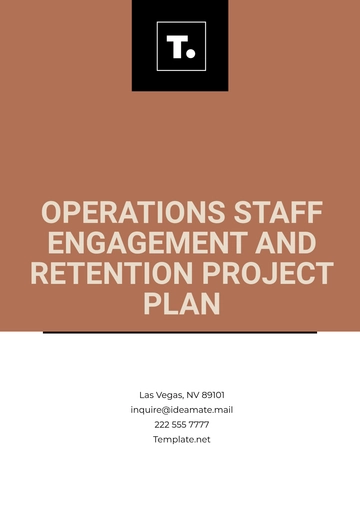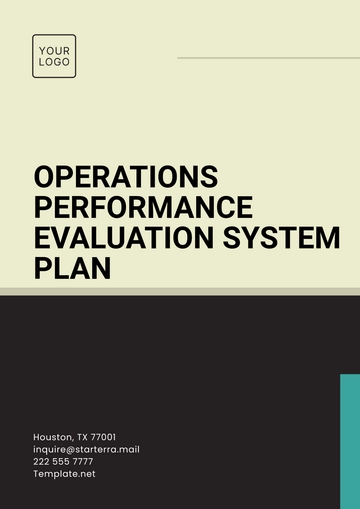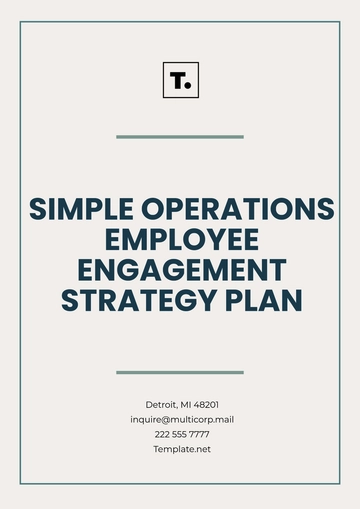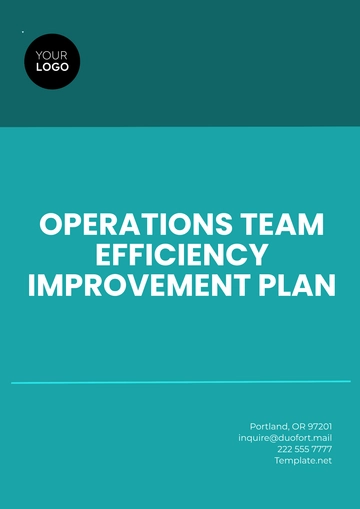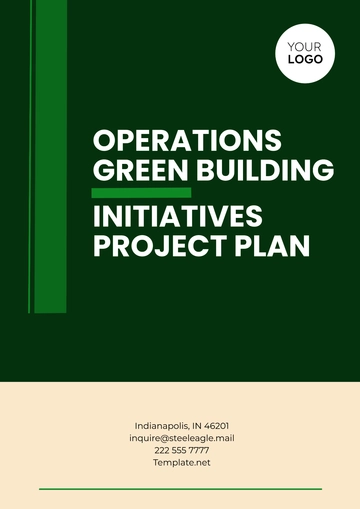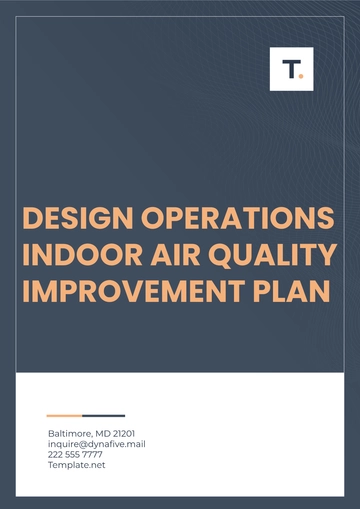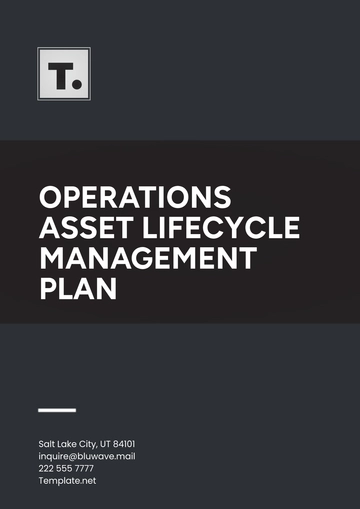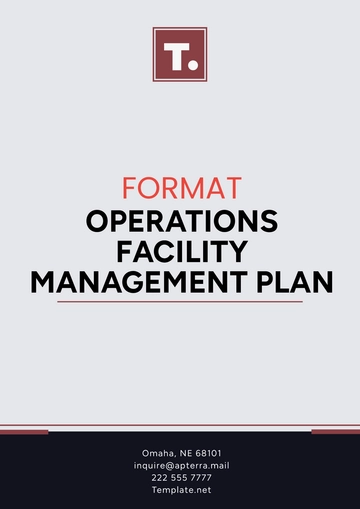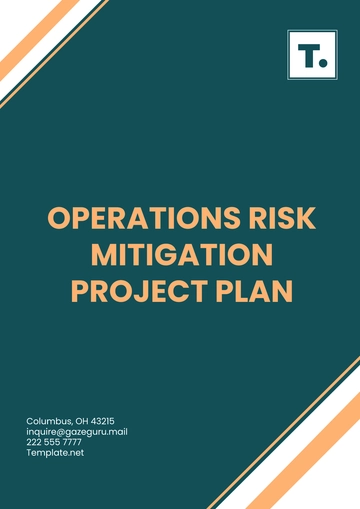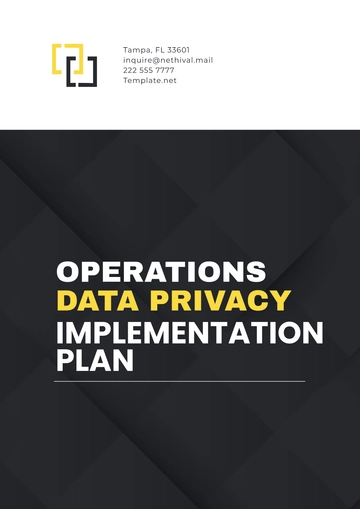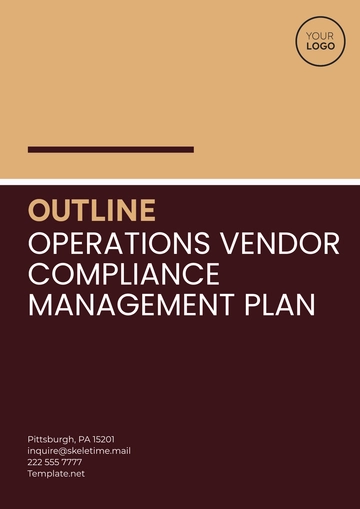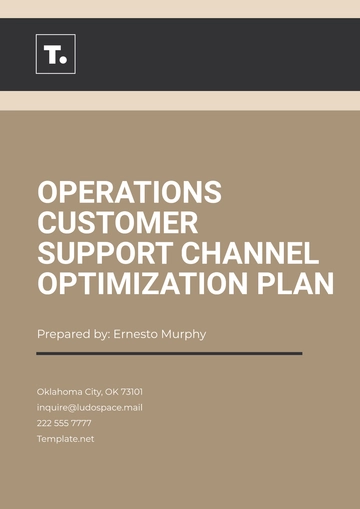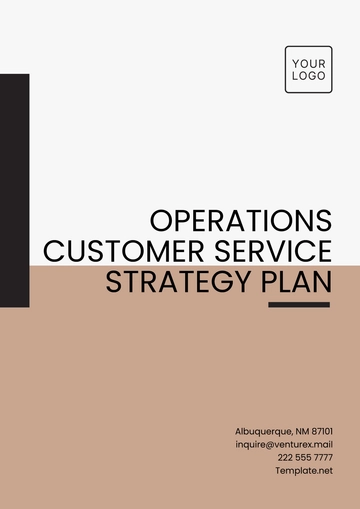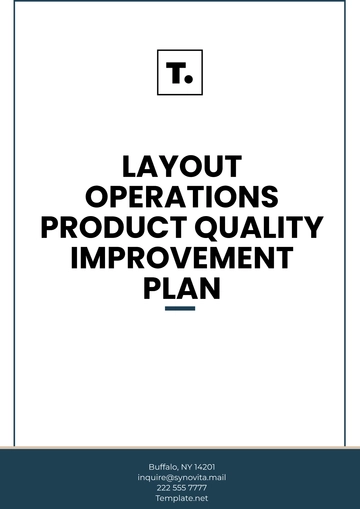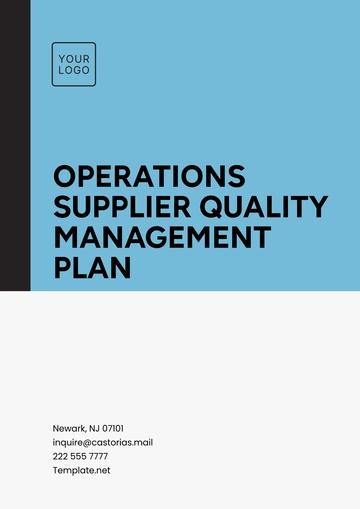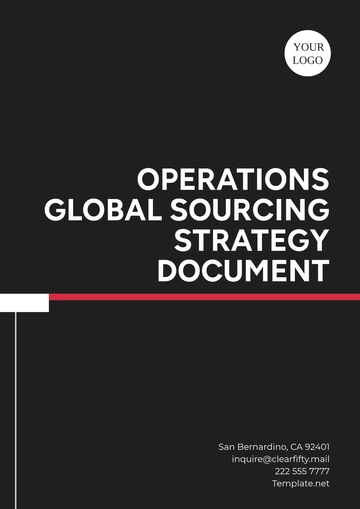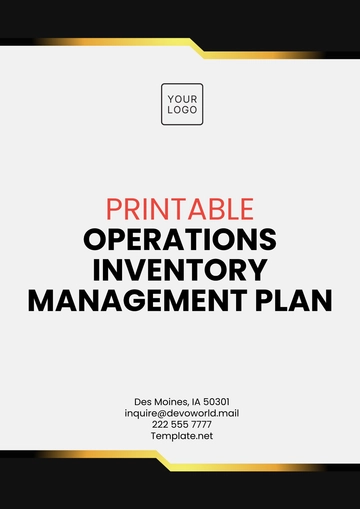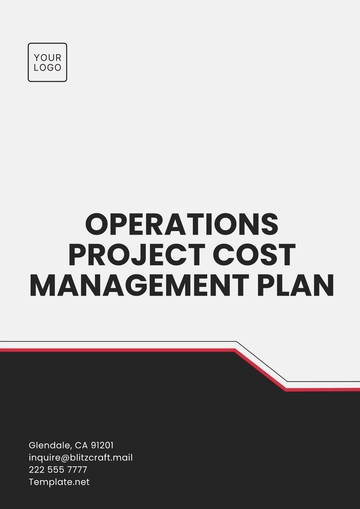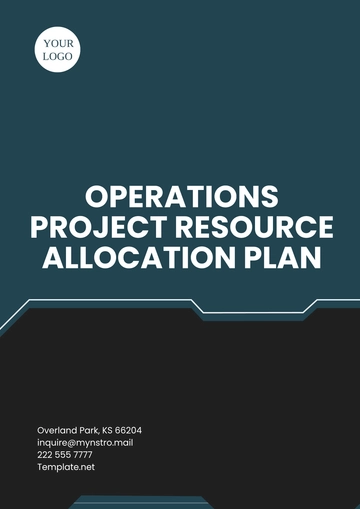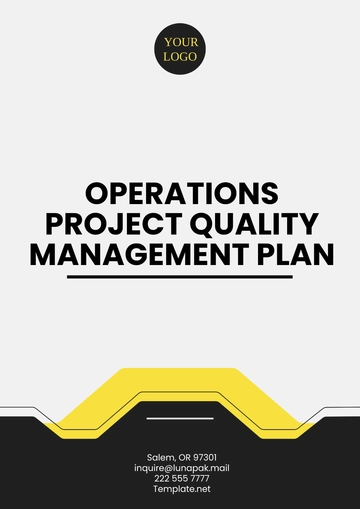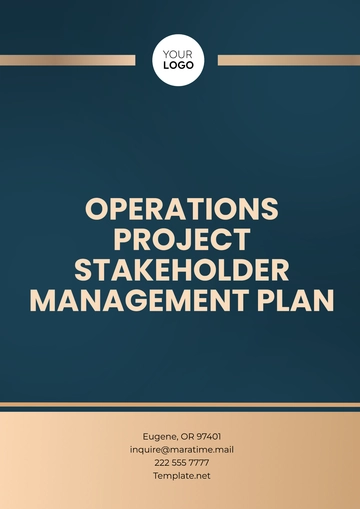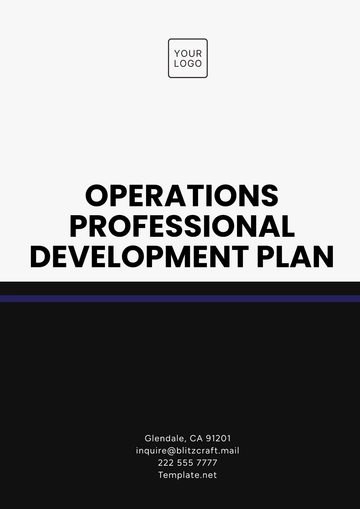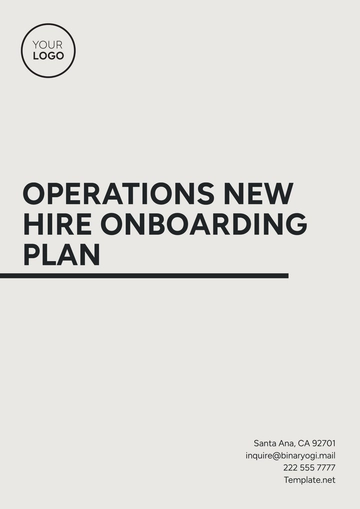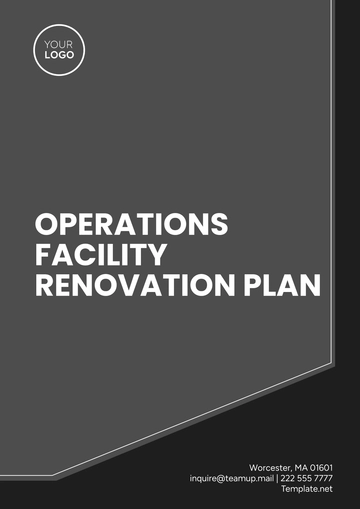Free Simple Operations Employee Engagement Strategy Plan
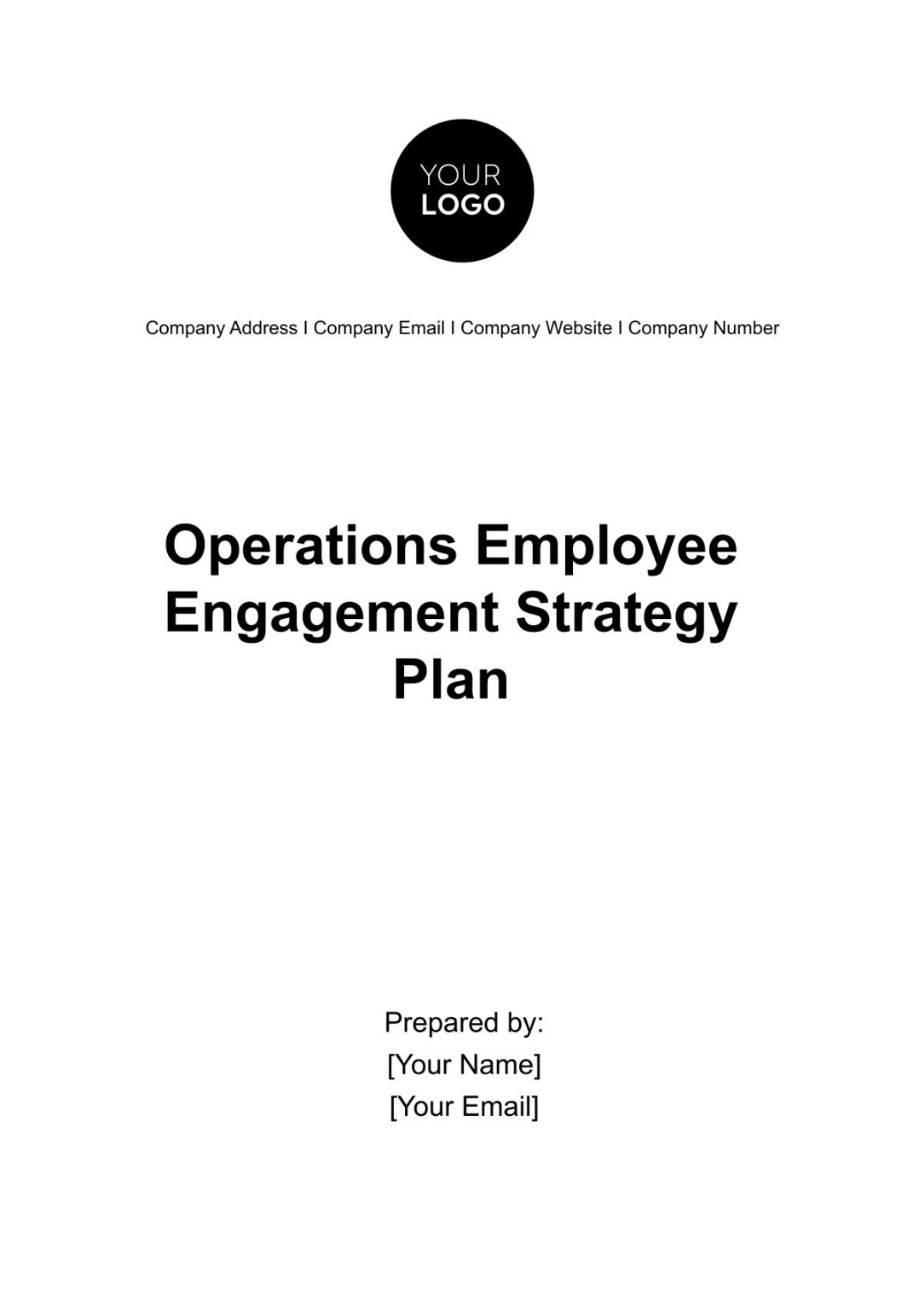
Prepared By: | [Your Name] |
Company: | [Your Company Name] |
Date: | [Date] |
Introduction
The Simple Operations Employee Engagement Strategy Plan is designed to enhance employee involvement, satisfaction, and productivity within the operational aspects of the organization. By focusing on clear and achievable actions, this plan aims to create a supportive and motivating work environment where employees feel valued and engaged in their daily tasks.
Objectives
Increase Employee Morale: Create a positive and supportive environment where employees feel motivated and valued.
Boost Productivity: Encourage active participation and a sense of ownership in day-to-day operations, leading to improved performance.
Reduce Employee Turnover: Address employee concerns and provide growth opportunities to retain top talent.
Improve Communication: Foster open lines of communication between employees and management.
Enhance Recognition: Implement simple yet effective recognition programs to appreciate employee efforts.
Key Strategies
1. Clear Communication Channels
Action: Implement weekly team meetings where employees can share feedback, discuss challenges, and suggest improvements.
Goal: To ensure employees feel heard and involved in decision-making processes.
Timeline: Ongoing, with weekly sessions scheduled.
2. Employee Recognition Programs
Action: Introduce "Employee of the Month" awards or regular shout-outs in team meetings.
Goal: To acknowledge and reward outstanding performance in day-to-day operations.
Timeline: Monthly awards with continuous informal recognition.
3. Work-Life Balance Initiatives
Action: Provide flexible work hours or the option for remote work for operational employees, when possible.
Goal: To improve employee satisfaction by balancing professional and personal responsibilities.
Timeline: Immediate implementation with periodic review for effectiveness.
4. Increased Employee Involvement
Action: Organize brainstorming sessions for employees to propose operational improvements or new processes.
Goal: To give employees a sense of ownership over their work and foster creativity.
Timeline: Quarterly, with follow-up to implement feasible suggestions.
5. Employee Development Opportunities
Action: Provide training on relevant skills or certifications that employees can use to advance in their roles.
Goal: To support employees' professional growth and provide a clear career development path.
Timeline: Ongoing, with quarterly development workshops.
6. Regular Feedback and Surveys
Action: Conduct short, quarterly employee satisfaction surveys to assess engagement and gather suggestions.
Goal: To gather insights into the effectiveness of engagement strategies and identify areas for improvement.
Timeline: Quarterly with a follow-up review.
Implementation Plan
Action | Responsible Party | Timeline | Resources Required |
|---|---|---|---|
Weekly team meetings | Team Leaders | Ongoing, Weekly | Meeting space, agenda |
Employee of the Month recognition | HR Department, Managers | Monthly | Award budget, communication materials |
Flexible work hours program | HR Department | Immediate, Ongoing | Policy adjustments, communication tools |
Brainstorming sessions | Operational Managers | Quarterly | Meeting space, suggestion box |
Training workshops | HR Department, Trainers | Quarterly | Training materials, facilitators |
Employee satisfaction surveys | HR Department | Quarterly | Survey platform, analysis tools |
Evaluation and Monitoring
Employee Feedback: Collect feedback regularly through surveys, informal conversations, and team meetings to gauge employee satisfaction with engagement initiatives.
Employee Performance: Monitor productivity and performance metrics to assess whether the engagement strategies lead to improved efficiency.
Retention Rates: Track turnover rates to determine if the engagement plan has a positive effect on employee retention.
Conclusion
This Operations Employee Engagement Strategy Plan focuses on creating an environment where employees feel motivated, involved, and valued. By implementing straightforward, actionable steps such as clear communication, recognition programs, work-life balance initiatives, and training opportunities, the organization can foster higher levels of employee engagement, leading to improved operational efficiency and a stronger workplace culture.
- 100% Customizable, free editor
- Access 1 Million+ Templates, photo’s & graphics
- Download or share as a template
- Click and replace photos, graphics, text, backgrounds
- Resize, crop, AI write & more
- Access advanced editor
Boost employee engagement with the Simple Operations Employee Engagement Strategy Plan Template on Template.net! This comprehensive and editable plan ensures a user-friendly approach to enhancing employee engagement. Motivate and inspire your workforce with this customizable template integrated with our AI Editor Tool for tailored adjustments! Never waste a minute! Grab immediately!
You may also like
- Finance Plan
- Construction Plan
- Sales Plan
- Development Plan
- Career Plan
- Budget Plan
- HR Plan
- Education Plan
- Transition Plan
- Work Plan
- Training Plan
- Communication Plan
- Operation Plan
- Health And Safety Plan
- Strategy Plan
- Professional Development Plan
- Advertising Plan
- Risk Management Plan
- Restaurant Plan
- School Plan
- Nursing Home Patient Care Plan
- Nursing Care Plan
- Plan Event
- Startup Plan
- Social Media Plan
- Staffing Plan
- Annual Plan
- Content Plan
- Payment Plan
- Implementation Plan
- Hotel Plan
- Workout Plan
- Accounting Plan
- Campaign Plan
- Essay Plan
- 30 60 90 Day Plan
- Research Plan
- Recruitment Plan
- 90 Day Plan
- Quarterly Plan
- Emergency Plan
- 5 Year Plan
- Gym Plan
- Personal Plan
- IT and Software Plan
- Treatment Plan
- Real Estate Plan
- Law Firm Plan
- Healthcare Plan
- Improvement Plan
- Media Plan
- 5 Year Business Plan
- Learning Plan
- Marketing Campaign Plan
- Travel Agency Plan
- Cleaning Services Plan
- Interior Design Plan
- Performance Plan
- PR Plan
- Birth Plan
- Life Plan
- SEO Plan
- Disaster Recovery Plan
- Continuity Plan
- Launch Plan
- Legal Plan
- Behavior Plan
- Performance Improvement Plan
- Salon Plan
- Security Plan
- Security Management Plan
- Employee Development Plan
- Quality Plan
- Service Improvement Plan
- Growth Plan
- Incident Response Plan
- Basketball Plan
- Emergency Action Plan
- Product Launch Plan
- Spa Plan
- Employee Training Plan
- Data Analysis Plan
- Employee Action Plan
- Territory Plan
- Audit Plan
- Classroom Plan
- Activity Plan
- Parenting Plan
- Care Plan
- Project Execution Plan
- Exercise Plan
- Internship Plan
- Software Development Plan
- Continuous Improvement Plan
- Leave Plan
- 90 Day Sales Plan
- Advertising Agency Plan
- Employee Transition Plan
- Smart Action Plan
- Workplace Safety Plan
- Behavior Change Plan
- Contingency Plan
- Continuity of Operations Plan
- Health Plan
- Quality Control Plan
- Self Plan
- Sports Development Plan
- Change Management Plan
- Ecommerce Plan
- Personal Financial Plan
- Process Improvement Plan
- 30-60-90 Day Sales Plan
- Crisis Management Plan
- Engagement Plan
- Execution Plan
- Pandemic Plan
- Quality Assurance Plan
- Service Continuity Plan
- Agile Project Plan
- Fundraising Plan
- Job Transition Plan
- Asset Maintenance Plan
- Maintenance Plan
- Software Test Plan
- Staff Training and Development Plan
- 3 Year Plan
- Brand Activation Plan
- Release Plan
- Resource Plan
- Risk Mitigation Plan
- Teacher Plan
- 30 60 90 Day Plan for New Manager
- Food Safety Plan
- Food Truck Plan
- Hiring Plan
- Quality Management Plan
- Wellness Plan
- Behavior Intervention Plan
- Bonus Plan
- Investment Plan
- Maternity Leave Plan
- Pandemic Response Plan
- Succession Planning
- Coaching Plan
- Configuration Management Plan
- Remote Work Plan
- Self Care Plan
- Teaching Plan
- 100-Day Plan
- HACCP Plan
- Student Plan
- Sustainability Plan
- 30 60 90 Day Plan for Interview
- Access Plan
- Site Specific Safety Plan
